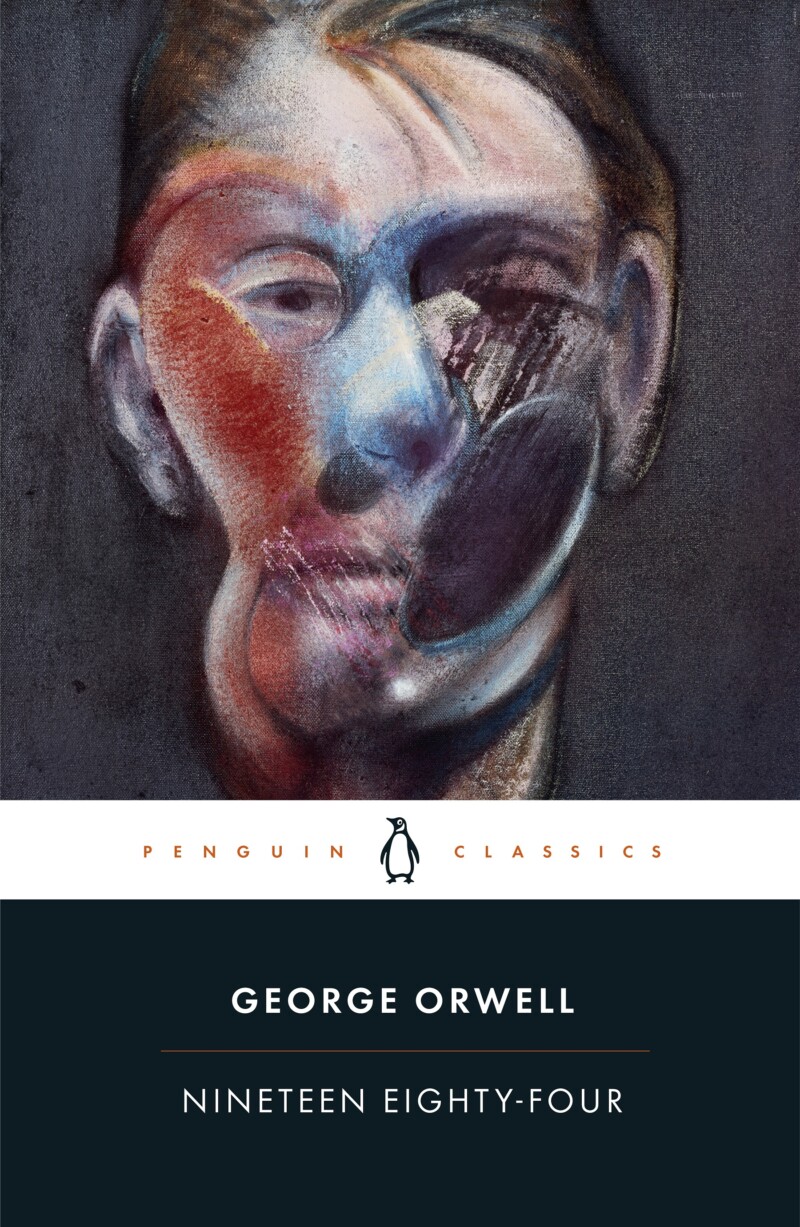An Introduction to Nineteen Eighty-Four

Share this
2019 marks the 70th anniversary of the first publication of George Orwell’s dystopian novel Nineteen Eighty-Four.
This blog provides background to the novel.
Plot Outline
Winston Smith, a re-writer of historical records at the Ministry of Truth, lives in London, the main city of Airstrip One, a province of the state of Oceania. Oceania is engaged in a perpetual, unwinnable war with one of its two neighbouring states. One of the reasons history needs to keep being rewritten is that the enemy keeps changing but the public must never acknowledge this: at a given point of time, Oceania has either always been fighting Eurasia or it has always been fighting Eastasia. The past is also controlled by the state in order to eradicate memories of non-persons who once held significant government positions; to ensure that all existing records show that Big Brother has never been wrong; and to attribute anything of value as achievements of the Revolution (including the invention of the aeroplane).
The ruling party, Ingsoc, operates a society of constant technology-driven surveillance augmented by a network of spies and informers, including children informing on their parents. People exhibiting any sign of non-conformity or disloyalty to Big Brother become victims of the brutal Thought Police and face vaporisation. Since at least as far back as the mid-1960s, there have been mass purges and high-profile public executions, but most people who are arrested simply cease to exist, all traces removed, including evidence of their death.
Winston is a member of the Outer Party (the supposedly class-less society is divided between Inner Party, Outer Party and proles) but he is troubled by doubts and retains fleeting memories of how things were before. In his private thoughts and his secret diary, he questions Big Brother’s ‘truth’ and dreams of rebellion. His illicit affair with Julia, who maintains the novel-writing machines within the ministry, puts both in danger of being arrested as ‘thought-criminals’ and of being interrogated in the torture cells of the Ministry of Love.
Background
Orwell (the pen name of Eric Blair) was working on the novel at a time of great political turbulence and it can be read as much as a commentary on events in the 1940s as a dystopian vision of the future.
In his introduction to the 2003 Penguin edition, Thomas Pynchon describes how the book was picked up by those on the political Right during the Cold War era of McCarthy and ‘better dead than red’ scares as a powerful attack on the Soviet Union and its followers. However, Orwell’s concerns were probably closer to home. Since his experiences in the Spanish Civil War Orwell had written against totalitarianism in works that included Homage to Catalonia and Animal Farm, but he was also strongly in favour of democratic socialism and remained on the Left’s dissident wing in opposition to the official Left of the British Labour Party. He feared that democracy in Britain would not survive the Second World War and was convinced that Churchill, Roosevelt and Stalin were planning to carve up the post-war world between them. The Labour election victory in 1945 gave him little comfort. Pynchon writes:
‘More or less consciously, he found an analogy between British Labour and the Communist Party under Stalin – both, he felt, were movements professing to fight for the working classes against capitalism but in reality concerned only with establishing and perpetuating their own power. The masses were only there to be used – for their idealism, their class resentments, their willingness to work cheap – and to be sold out, again and again.’
To add to Orwell’s despondency, his London flat was wrecked in a doodle-bug attack in 1944 (attacks by rocket-bombs feature in the novel) and in March of the following year, while he was away on an assignment for the Observer, his wife Eileen died during what should have been a routine operation, leaving him to bring up their adopted son Richard alone. Pynchon suggests the novel is an imagining of what might lie ahead for Richard’s generation: Winston Smith thinks he was born in 1944 or 1945 so was around the same age Richard would be in 1984.
Nineteen Eighty-Four was largely written on Jura in a house called Barnhill that was offered to Orwell by Observer editor David Astor. He moved there with Richard in May 1946. Although conditions could be hard on the island, he was escaping the bleakness of post-war London (the descriptions in the novel of ruined homes, food shortages and the pervading grime and general dreariness would have been familiar to those living in bomb-damaged British cities of the 1940s). He was also escaping the distractions brought by the success of Animal Farm, another powerful cautionary tale of failed revolution and the betrayal of the working class.
Orwell’s health was rapidly deteriorating. In December 1947 he was diagnosed with TB and spent the next three months undergoing a course of aggressive treatment. He returned to the island to complete the book but was admitted to a TB clinic in the Cotswolds shortly after submitting the final manuscript to his publisher, Fred Warburg, in November 1948. Nineteen Eighty-Four was published on 8 June 1949 in the UK, and five days later in the US. Orwell’s health continued to decline. He was married to Sonia Brownell in October 1949 in his room at University College hospital. He died at the hospital in the early hours of 21 January 1950 aged 46.
